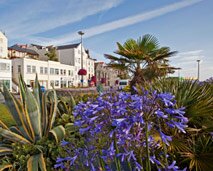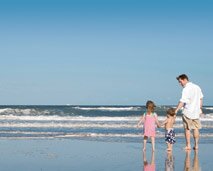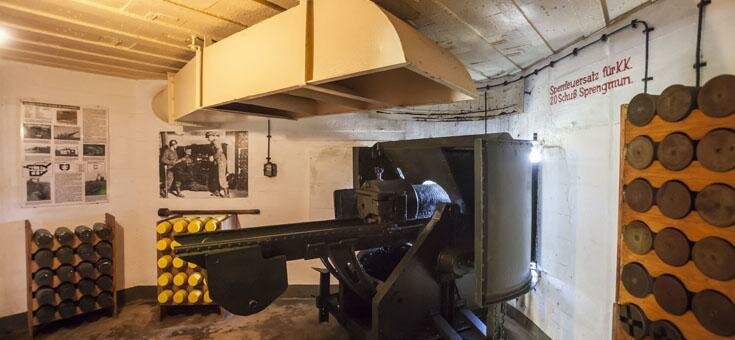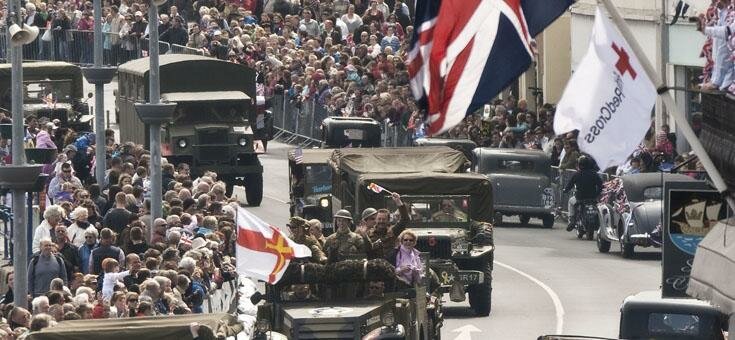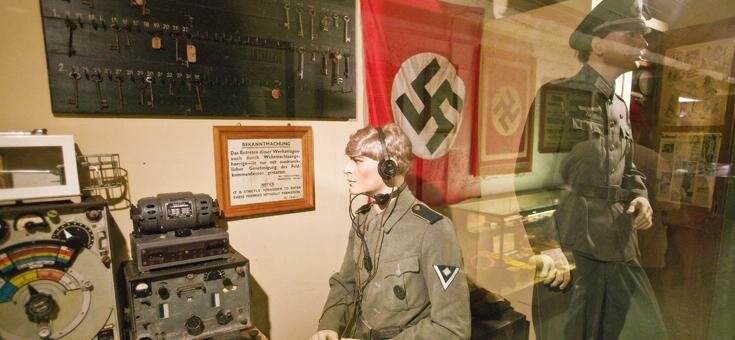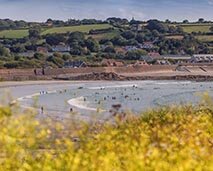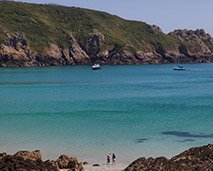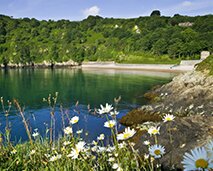Quote & Book
Show navigation  Hide navigation
Hide navigation 
 Hide navigation
Hide navigation 
- Home
- Online Booking
- About the Island
-
Accommodation
- All Guernsey Accommodation
- 2 Star Hotels
- 3 Star Hotels
- 4 & 5 Star Hotels
- Guernsey Self Catering
- Luxury Breaks in Guernsey
- Guernsey Spa Hotels
- Wellness Breaks
- Coastal Hotels
- Hotels in Town
- Family Hotels
- Hotels with Swimming Pools
- Accessible hotels
- Romantic Breaks
- Guernsey Weddings
- Honeymoons and anniversary celebrations
- Guernsey Holiday Packages
- Holiday Offers
- Early Booking Offers
- Flights from UK Airports
- Car Hire on the Island
- Do I Need a Passport?
-
Things to do in Guernsey
- Tourist Attractions
- Places to Visit in Guernsey
- The Guernsey Literary and Potato Peel Pie Society
- Victor Hugo & Hauteville House
- Day Trips
- Gardens and Wildlife
- Guernsey Occupation
- Outdoor Activities in Guernsey
- Walking in Guernsey
- Cycling in Guernsey
- Golf breaks in Guernsey
- Running Trails and Events
- Guernsey Events & Festivals Calendar
- The Island of Sark
- Jersey Holidays & Breaks
- Alderney Holidays
- Guernsey to Alderney
- Southampton to Alderney
- Non-Direct from other UK Airports
- Hotel Only
- Cornwall Breaks
- News & Events
- Newsletter

We book the best priced flights available at the time of booking which means prices can fluctuate, both up and down.
Free Nights
All the free nights advertised throughout this website have to be completed within the date bands shown.

